
Applying statistical methods in her career as a biostatistician, Runzhe is excited to join the effort to advance healthcare and improve patient outcomes.
Pānui tonu | Read more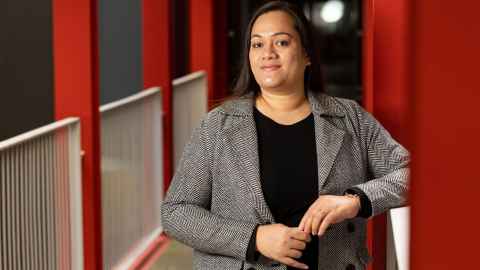
Statistics double major Halaevalu Tu'ipulotu is passionate about empowering others to overcome their fear of asking questions.
Pānui tonu | Read more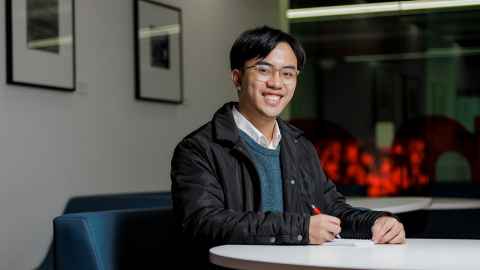
Miguel Antonio loves the dynamic nature of working in statistics, as PwC's clients each have different types of data and different data requirements.
Pānui tonu | Read more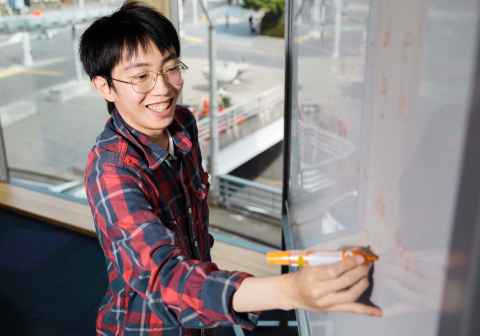
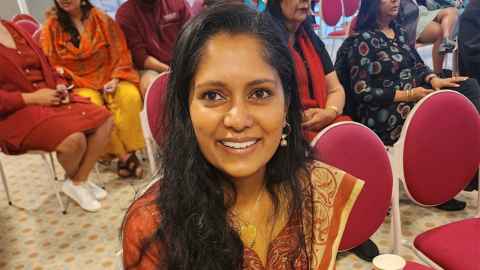
Discover the exciting research happening in the Department of Statistics.
Tūhuratia | Discover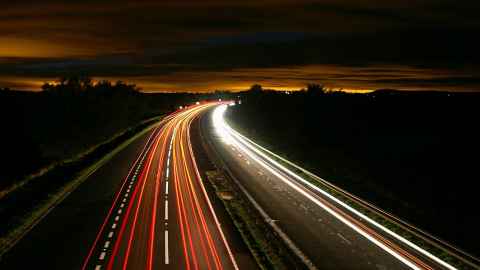
Career Development and Employability Services can help you prepare for your future work and life.
Tēnā tirohia | Check it out